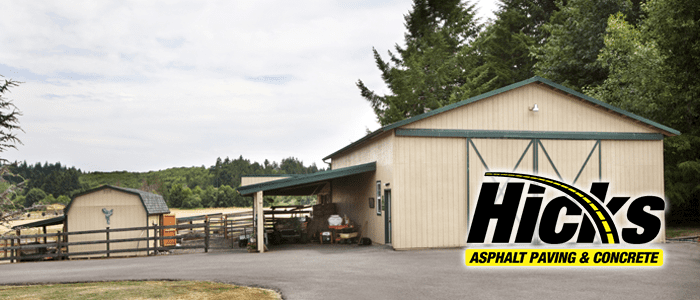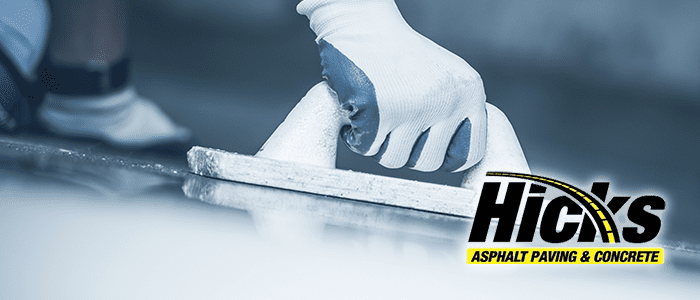What is marine concrete? It is concrete that experts design for use underwater. Concrete exposed to sea water is susceptible to its corrosive effects. The effects are more pronounced above the water than where the concrete is under the water. If the concrete is not designed well enough, the concrete can easily breakdown. Marine concretes are a range of mixes that reduce corrosion of steel reinforcements in wet environments. Marine concretes must last around 50 years with at least 2 inches of concrete covering the reinforcement.
Where To Find Marine Concrete
Marine concrete is in seawalls, jetties, groins, breakwaters, and bulkheads. Salt exposure causes an incredible amount of damage in such a short amount of time without the proper precautions and measures. Shrinkage cracks can really accelerate the mass deterioration and can lead to costly maintenance and much needed repairs. Sometimes full replacement of a certain section of marine concrete after a short life is also possible.
Corrosion
Corrosion of reinforced concrete occurs very quickly when shrinkage cracks are present since the salt has a direct path to the reinforcement. Bridge piers, sea walls, boat dock, and bridges are all concrete marine structures that are susceptible to corrosion. This is why marine concrete incorporates some sort of secondary corrosion protection, such as cathodic protection, coating reinforcement, or corrosion inhibiting admixtures. It is typical that the first line of defense is to prevent the water and the corrosive salts from coming into direct contact with the reinforcement at all.
Since shrinkage cracks are a leading cause of concrete corrosion, using PREVent-C in marine concrete mix does help guard against steel corrosion. It can be used in conjunction with any other traditional corrosion protection system and has no known negative reactions and/or side effects. The only lasting effect of PREVent-C is a structure that lasts longer than most and looks better.
Preventing Corrosion
PREVent-C admixture is a powder with a special mixture that provides dual functionality to prevent cracking or curling from shrinkage. PREVent-C can reduce shrinkage-induced cracking by as much as 90% to 100%, depending on mix design and amount of PREVent-C used. A minimum of 80% shrinkage reduction is standard in most cases. Based on new and innovative technology developed, the material designed to facilitate expansion of concrete at the same rate of drying shrinkage during the curing period, and reduce the capillary surface tension of pore water. Expansion ceases within twenty-eight days during hydration and does not continue once the concrete has hardened.
How To Use Marine Concrete
PREVent-C works with all types of concretes and mortars, whether cast-in place, mass, precast, or prestressed. The material can be used in straight Portland cement mixes or blended cement mixes. Typical application includes bridges, parking structures, dams, runways, stadiums, flooring applications, decorative concrete and masonry or tile grouts and mortar. The material also is effective for use with shotcrete mixes. PREVent-C reduces both drying and autogenous shrinkage-induced macrocracks and microcracks in concrete. This enhances its sustainability. PREVent-C does not contain chlorides or other chemicals that could contribute to the corrosion of the reinforcing steel.





